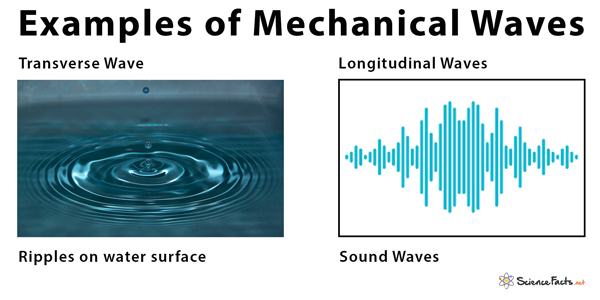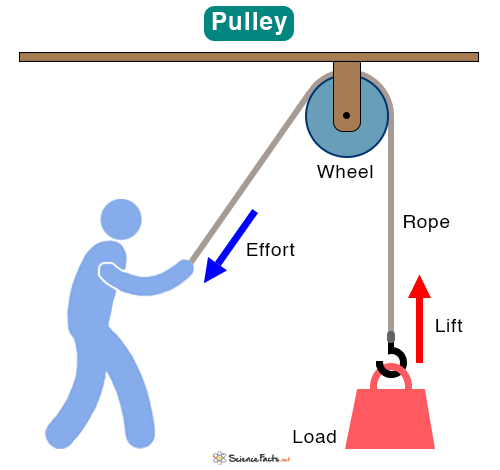Mechanical Waves
Definition: What are Mechanical Waves?
Mechanical waves are produced when particles vibrate in a medium in which the wave propagates. As a result, momentum and energy are exchanged among the particles and between the particles and the medium. Mechanical waves can propagate through solid, liquid, or gas. Examples of mechanical waves include ripples on the water surface (water waves), sound waves, and seismic waves.
Types of Mechanical Waves
Mechanical waves can be classified into two categories based on the motion of the particles – longitudinal and transverse. In longitudinal waves, the vibration or periodic disturbance occurs in the same direction as the wave’s propagation. In transverse waves, the vibration or periodic disturbance occurs in a direction perpendicular to the wave’s propagation.
Longitudinal Wave
When a longitudinal wave propagates, it compresses and rarifies the medium. The particles in the medium move back and forth along the direction of propagation of the wave. As a result, there are regions with high and low pressures. A few examples of longitudinal waves are the sound wave, ultrasound wave, and seismic P-wave. Waves traveling through the bulk of fluid are longitudinal waves.
Transverse Wave
Transverse waves can be represented by a sine or cosine function called a wave function. The wave function determines the displacement of a particle from the axis of propagation at different times and distances from the origin. This displacement is proportional to the sine or cosine of the angle that the displacement vector makes with the axis. Examples of transverse waves include ripples on the water surface, vibrations on a guitar string, and seismic S-wave. Electromagnetic waves have transverse characteristics, but unlike other mechanical waves, they can propagate in a vacuum.
FAQs
Ans. Mechanical waves require a medium to propagate. In contrast, electromechanical waves do not require a medium and can propagate in a vacuum.
Ans. Yes. Water waves are mechanical waves since the medium propagates along with water.
Ans. Mechanical waves require a medium for transmission because the particles need to move physically and touch each other to exchange energy and momentum.
Ans. Seismic waves are a type of mechanical wave because they can propagate through the surface of the earth.
Ans. Yes, mechanical waves transfer energy through the vibration of particles.
Article was last reviewed on Thursday, November 17, 2022










Thanks, guys. This was mind-opening and easy to understand.